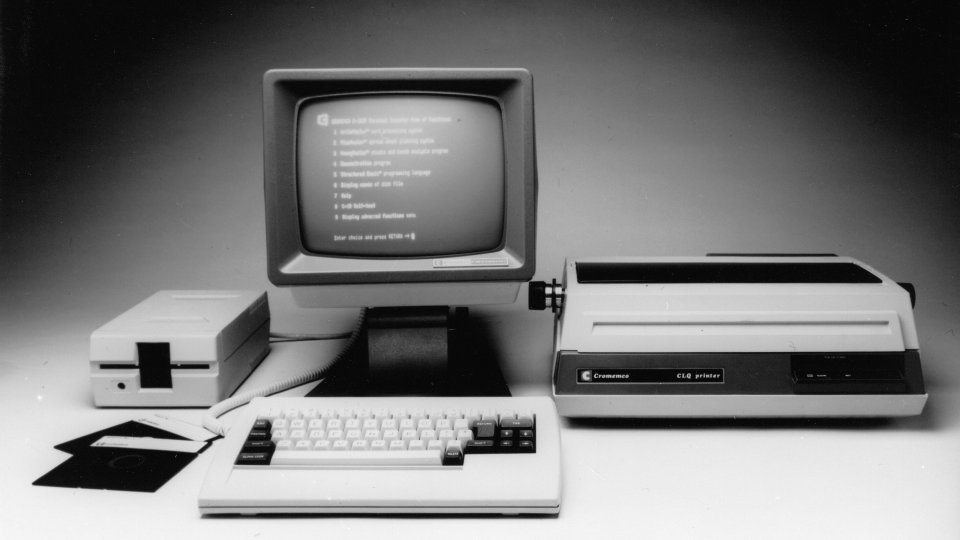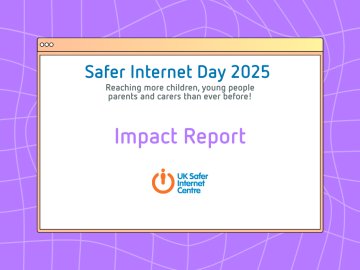In 1977 the first “personal computers” started to take up residence in our homes, and now 40 years later you will be hard pushed to find a home without one. With the advent of the Internet and mobile devices, computing has become so accessible, even a toddler can do it. And they do, we are now watching the first generation of kids grow up who could whizz their way round a tablet before they could talk properly.
But what benefit is this technology bringing? Or are we rotting their brains every time we hand them the tablet?
Benefits
There is much research being conducted in child use of technology, and the results are fairly mixed, some experts say that young children should not be exposed to screens at all, whilst others say in the correct environment, and intermixed with a range of other activities such as reading and exercise, it can be beneficial.
Physical activity, reading, and human interaction will always play a very important part in child development, and personal computing should not replace or be detrimental to these experiences, but in the right environment it can bring new educational experiences to young children, and help them develop their skills and broaden their horizons:
Hand-eye coordination
Educational games that require children to follow objects and interact with them can help their hand eye coordination, also their understanding of how to interact with systems, for example knowing that pressing the right button will invoke the desired action.
Access to a wealth of information
Children can only learn what is available to them, traditionally parents, friends, school, and the wider community would have been the only gateways to learning. Now the World Wide Web gives them a vast library of material to allow them to discover new things.
Language Skills
Knowing they can ask the computer anything they want to know drives a child’s desire to do research, many children will use voice to enter their search queries into search engines, and then need to read and evaluate the results that are presented. Over time their language will improve and they will become faster and more adept at finding the information they want.
Problem Solving
Interactive websites and games help children learn to solve problems as they work their way through the challenges presented to get to the next level. Even simply using the devices makes them more adept at this, learning how to solve problems like programs not working correctly or connection issues.
Everything in Moderation
As with anything, too much can be detrimental, and research shows this is the same for children and computers. Here are our top tips to make sure your children get the most out of new technology:
Limit Screen Time
We all know what a life saver the tablet can be when you are trying to get things organised and your child comes out with the familiar “I’m Bored!!”, but we should be careful to limit the amount of time they spend in front of the screen, and make sure it is mixed in with a healthy amount of other activities such as exercise, playing, reading, and human interaction.
You should also make sure they don’t have too much screen time in one go, and they have put down their device a good amount of time before bed. The blue light emitted from LCD screens has been shown to disrupt sleep by interfering with our natural body rhythms, blocking our bodies from creating a sleep hormone called melatonin.
Interactive is better that passive
Research shows that the benefits of technology are much greater when the screen time is interactive rather than passive, and benefits are most great when it is supervised, and other interaction accompanies the activity, such as discussion.
The ability to control what is happening and a challenge to solve will stimulate their brains enabling them to learn, as opposed to passive content where they will just consume what is shown to them, and they do not have to do anything.
High Quality Content
It is important to make sure your children are engaging with high quality content during their screen time, studies have concluded that excessive unsupervised viewing of low quality content show a negative impact was found on play, hobbies, sleep, hygiene and eating habits.
Exposure to the right sort of content can be achieved through a number of mechanisms from parental controls to ensure that you are in control of the apps and games your child can download, and child friendly versions of full blown apps such as YouTube for kids. Use in conjunction with talking to your child about the kind of content they should and shouldn’t watch, and monitoring the content they are consuming.
Safe Usage
We all love things more when it involves real people, and the same is true of technology, tech such as social media now enables us to connect across great distances, so many platforms and games now include a social aspect to make content more engaging.
As per checking your children are engaging with high quality content, check that any social elements to the apps they are using are appropriate for their age, and that there are proper safeguards in place in the app to ensure that they cannot be contacted by strangers.
Also talk to your child about the risks of friending people they do not know, and make sure they understand what to do if they are being contacted by strangers or being asked for personal information.
Conclusion
When used correctly, in moderation, and coupled with and not to the detriment of other activities, the use of technology can be beneficial to your child’s development. But with a caveat that uncontrolled usage or overuse can cause problems.
To read more about some of the latest research in this area, this great article co-written by Mosaic and Digg is a good place to start.
Have a little one yourself? Why not get involved with some of the ongoing research and take part in the Tablet Project helping to understand better how the use of touchscreen devices affects our little ones.






